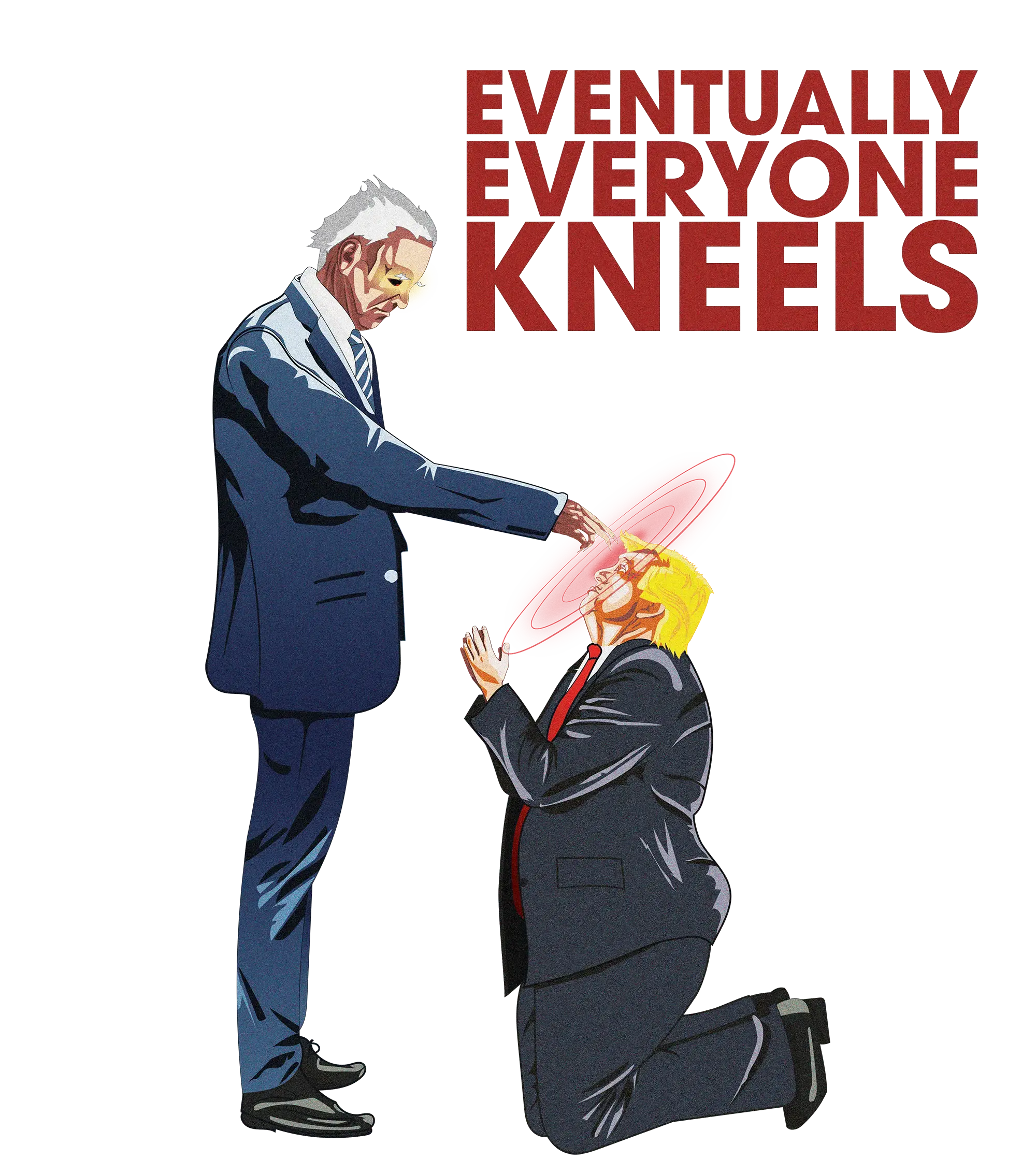Say no to authoritarianism, say yes to socialism. Free Palestine 🇵🇸 Everyone deserves Human Rights
- 385 Posts
- 1.75K Comments

 2·3 days ago
2·3 days agoQuote from Introduction
First documented in the late Bronze Age, about 3200 years ago, the name Palestine (Greek: Παλαιστίνη; Arabic: , Filastin), is the conventional name used between 450 BC and 1948 AD to describe a geographic region between the Mediterranean Sea and the Jordan River and various adjoining lands. This work explores the evolution of the concept, histories, identity, languages and cultures of Palestine from the Late Bronze Age to the modern era. Moreover, Palestine history is often taught in the West as a history of a land, not as Palestinian history or a history of a people. This book challenges colonial approach to Palestine and the pernicious myth of a land without a people (Masalha 1992, 1997) and argues for reading the history of Palestine with the eyes of the indigenous people of Palestine. The Palestinians are the indigenous people of Palestine; their local roots are deeply embedded in the soil of Palestine and their autochthonous identity and historical heritage long preceded the emergence of a local Palestinian nascent national movement in the late Ottoman period and the advent of Zionist settler-colonialism before the First World War.
- Palestine: A Four Thousand Year History - Nur Masalha

 29·5 days ago
29·5 days agoYemen is peak anti-colonialism. Which unfortunately comes with religious conservatism as a reaction against colonial forces. Fanon discusses this at length in the context of Algeria.

 17·6 days ago
17·6 days agoConservatism sure does
Left-wing populism actually addresses the root issues of affordability, unlike right-wing populism

 2·7 days ago
2·7 days agoYes, Susan Collins and Janet Mills

 19·7 days ago
19·7 days agoIf I’m being very generous, this dude was in straight up denial about all his buds being Neo-Nazis for a looong time. I guess it’s possible all those crayons blocked a lot of his critical thinking lol. Working for Blackwater is still by far the most damning, I’d need to hear an authentic condemnation of all the merc shit He’s done to really believe that he’s not a fascist or that he’s at least reflected and reformed.
It’ll be interesting to see how many ppl in Maine will choose this guy over the incumbent, and whether this kind of background matters at all to the electorate as long as the policies being advocated for actually address affordability
Incredible but not surprising how little Americans can differentiate different Arab countries
revisionism is y’all’s favorite sport
I literally just replied to you doing that
That’s not what happened. Kiya was not shocked, he did check on her after, Kiya gets hours of daily exercise, and is allowed to come or go from her cot as she wants.
Berserk and Vagabond?

 10·12 days ago
10·12 days agoHere Are 34 Polls That Show A Ceasefire & Weapons Embargo Help Kamala Win
Kamala Would Have Won With A Weapons Embargo
Surely there was nothing that could have been done to improve Harris’ chances, claiming so is actually a conservative psyop and means your actually maga /s

 3·14 days ago
3·14 days agoThere’s so much debunking this, it’s weird how these terminally online weirdos keep stretching it out
We’ve got real issues like fascism and ethnic cleansing, but these freaks are only focused on manufactured dramaslop. Boggles my mind

 11·15 days ago
11·15 days agoCapitalism personified

 1·18 days ago
1·18 days agoThe PA is an arm of Israeli Apartheid, Occupation, and Suppression.
The PA creates the appearance of Palestinian autonomy, but in fact, much like the governments of the Bantustans of apartheid South Africa, it is simply an extension of the colonial state, a tool of counterinsurgency that is highly effective for the repression of local rebellions, because it makes the native population police itself. Fatah, which was a revolutionary movement in the early days of the armed struggle, is now mostly contained by the PA.
Israel’s stabilization strategy, inspired by modern counterinsurgency doctrine, has rested on two pillars: the employment of pacification measures to co-opt Palestinians and reliance on the Palestinian Authority (PA) to police its population on Israel’s behalf. However, many Palestinians are now fighting back against this approach, while the PA’s eroding legitimacy has only hardened the population’s refusal to accept its restrictive methods.
It is presented here as it has been perceived by the Israeli policymakers and bureaucrats down the years. For them the PA was an integral and crucial component in the open-air prison model suggested in the 1990s, and one which the pragmatic elite of Israel still hopes to instate in the West Bank, at least in the near future.
- Ilan Pappe - The Biggest Prison on Earth
In appearance, the PA has all the trappings of a state, with ministries and a civil service, but Israel wields the real power, turning the tap on tax revenue, and controlling access to the shrinking territories – a status quo often compared with the Bantustans of apartheid-era South Africa.
The PA has actively helped Israel to keep tight control over the Palestinian population. Many perceive the body as a tool of the Israeli security apparatus, its US-trained forces not only targeting those suspected of planning attacks on Israelis, but also arresting union figures, journalists and critics on social media.
Israel relies on this division of the West Bank to foster the fiction that the Palestinian Authority is the entity primarily responsible for administering the life of the majority of Palestinians in the West Bank. In practice, however, Israel still retains control over the entire West Bank and all its residents.

 1·22 days ago
1·22 days agoPossibly Drop Site, Zeteo, and Democracy Now
Which unfortunately aren’t really mainstream, but they should be

 4·22 days ago
4·22 days agoThere is the Saif al-Islam Gaddafi Isratin proposal:
The Gaddafi Isratin proposal intended to permanently resolve the Israeli–Palestinian conflict through a secular, federalist, republican one-state solution, which was first articulated by Saif al-Islam Gaddafi, the son of Muammar Gaddafi of Libya, at the Chatham House in London and later adopted by Muammar Gaddafi himself.
Its main points are:
-
Creation of a binational Jewish-Palestinian state called the “Federal Republic of the Holy Land”;
-
Partition of the state into five administrative regions, with Jerusalem as a city-state;
-
Return of all Palestinian refugees;
-
Supervision by the United Nations of free and fair elections on the first and second occasions;
-
Removal of weapons of mass destruction from the state;
-
Recognition of the state by the Arab League.
Similar to the Binational State Solution advocated by the Palestinian leadership and some others prior to the Nakba.
Partition was used to justify Setter Colonialism and Ethnic Cleansing
The Zionist position changed in 1928, when the pragmatic Palestinian leaders agreed to the principle of parity in a rare moment in which clannish and religious differences were overcome for the sake of consensus. The Palestinian leaders feared that without parity the Zionists would gain control of the political system. The unexpected Palestinian agreement threw the Zionist leaders into temporary confusion. When they recovered, they sent a refusal to the British, but at the same time offered an alternative solution: the partitioning of Palestine into two political units.
- Pg 132 of Ilan Pappe - A History of Modern Palestine
On 31 August 1947, UNSCOP presented its recommendations to the UN General Assembly. Three of its members were allowed to put forward an alternative recommendation. The majority report advocated the partition of Palestine into two states, with an economic union. The designated Jewish state was to have most of the coastal area, western Galilee, and the Negev, and the rest was to become the Palestinian state. The minority report proposed a unitary state in Palestine based on the principle of democracy. It took considerable American Jewish lobbying and American diplomatic pressure, as well as a powerful speech by the Russian ambassador to the UN, to gain the necessary two-thirds majority in the Assembly for partition. Even though hardly any Palestinian or Arab diplomat made an effort to promote the alternative scheme, it won an equal number of supporters and detractors, showing that a considerable number of member states realized that imposing partition amounted to supporting one side and opposing the other.
- Pg 181 of Ilan Pappe - A History of Modern Palestine
This ongoing Settler Colonialism annexing the West Bank continues to make a Two State Solution less possible, it has already divided the West Bank into hundreds of isolated enclaves. This Apartheid State needs to end as a binational state for all Palestinians and Israelis.

Here are resources by Historians about a One-State Solution. In many ways, it’s already a One-State, an Apartheid State, this change would be the emancipation of Palestinians to bring forth a One-State with equal rights.
The settlements represent land-grabbing, and land-grabbing and peace-making don’t go together, it is one or the other. By its actions, if not always in its rhetoric, Israel has opted for land-grabbing and as we speak Israel is expanding settlements. So, Israel has been systematically destroying the basis for a viable Palestinian state and this is the declared objective of the Likud and Netanyahu who used to pretend to accept a two-state solution. In the lead up to the last election, he said there will be no Palestinian state on his watch. The expansion of settlements and the wall mean that there cannot be a viable Palestinian state with territorial contiguity. The most that the Palestinians can hope for is Bantustans, a series of enclaves surrounded by Israeli settlements and Israeli military bases.
- Avi Shlaim
How Avi Shlaim moved from two-state solution to one-state solution
‘One state is a game changer’: A conversation with Ilan Pappe
-

 2·22 days ago
2·22 days agoCrazy that some people are hyperfocused on this lie instead of the ceasefire situation after 2 years of genocide

 1·22 days ago
1·22 days agoI don’t really believe that he didn’t shock that dog.
Sure, you’re entitled to your opinion but this statement is just factually wrong. And you’ve doubled down on lying about animal abuse for some weird reason

 2·22 days ago
2·22 days agoOK, I’ve literally never seen a more well trained dog
Regardless, Kiya has never been shocked or tortured. People lying about animal abuse is kinda fucked up
American exceptionalism / chauvinism is a hell of a drug





Genocide*